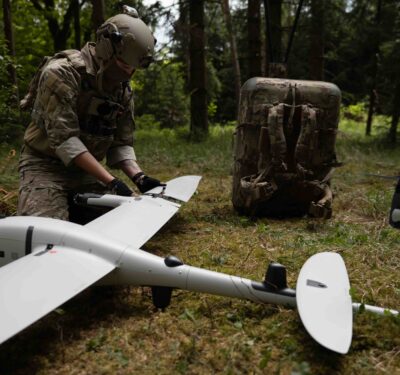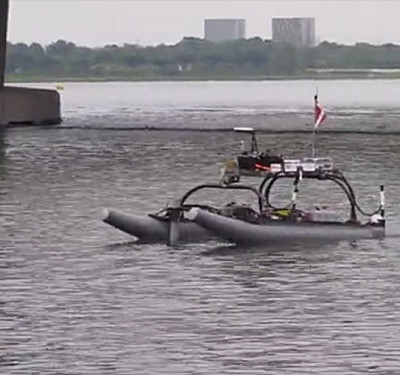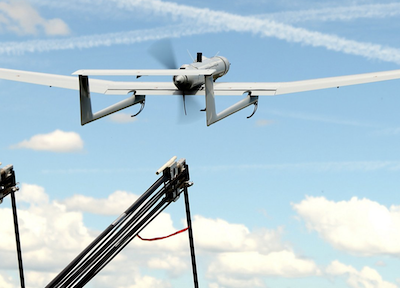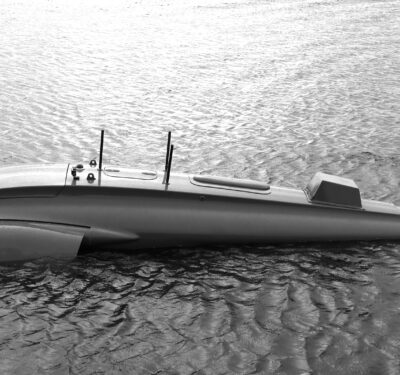The U.S. Navy has officially established Unmanned Surface Vessel Squadron (USVRON) Three at Naval Amphibious Base Coronado. The squadron, equipped with Global Autonomous Reconnaissance Crafts (GARCs), aims to enhance the Navy’s capabilities by integrating unmanned systems into surface and joint maritime operations.
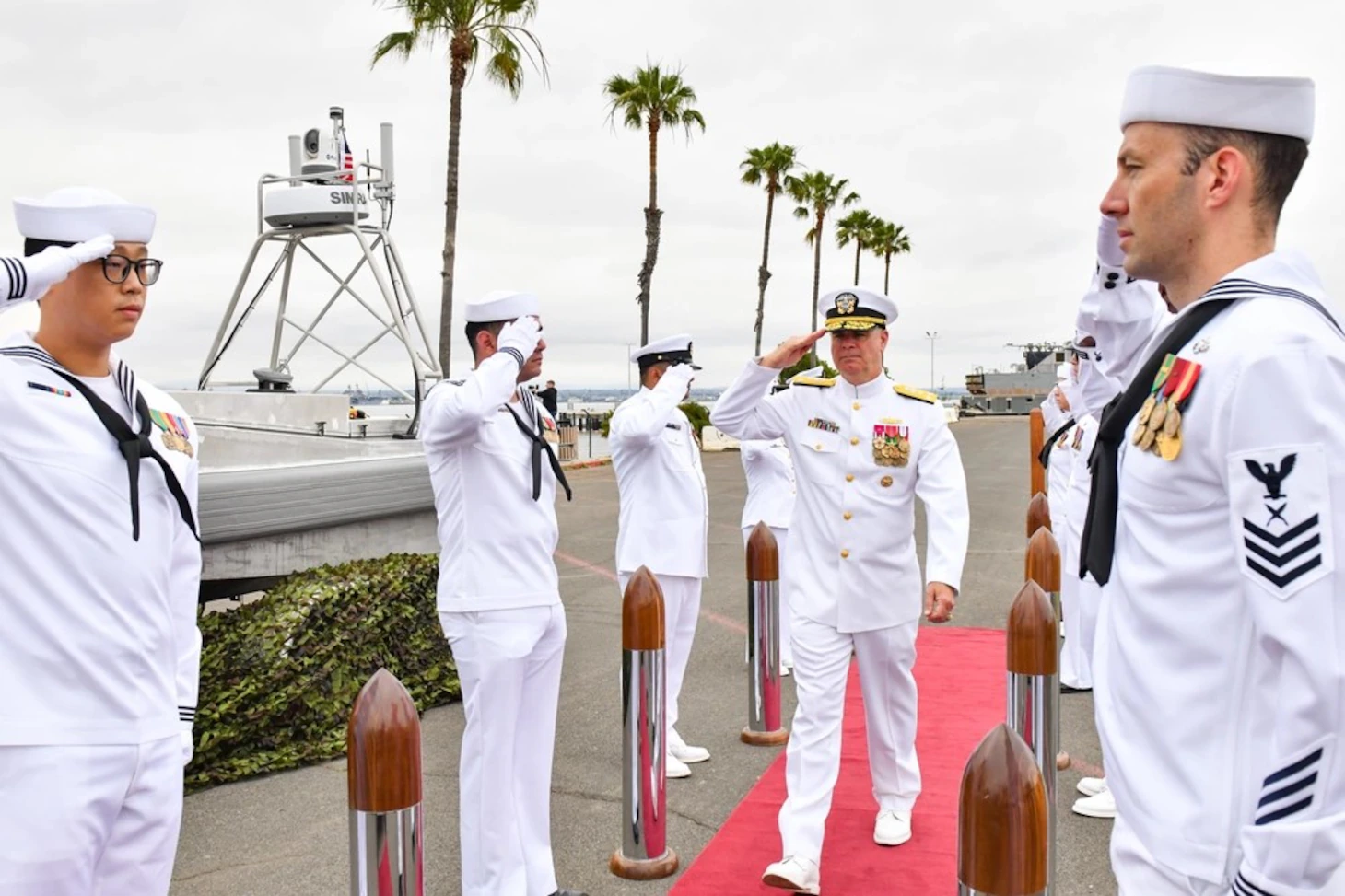
Capt. Derek Rader, who assumed command, emphasized the role of sailors in leveraging these unmanned systems. Vice Adm. Brendan McLane noted, “The Navy is placing unmanned systems in the hands of 400 of our most talented warfighters.”
The GARCs, Global Autonomous Reconnaissance Crafts, built by Maritime Applied Physics Corporation enable research, testing, and operations that will allow integration throughout the surface, expeditionary, and joint maritime forces. They will support various missions, including operations with carrier strike groups and surface action groups. The squadron also introduces the new robotics warfare specialist rating to manage and operate these advanced systems.
USVRON Three reports to Surface Development Group One under the direction of Cdre. Shea Thompson, who highlighted the squadron’s mission to achieve full operational capability.
“There are currently no boundaries, and we have an incredible opportunity to determine what right looks like within our sphere of influence,” said Thompson. “And the SURFDEVGRU One and USVRON Three teams are manned by like-minded surface warriors who are making considerable strides in validating small USV capability while laying out a clear path to achieving full operational capability by a timeframe that matters.”
The mission of USVRON Three is to deliver the most formidable, unmanned platforms in the maritime domain. The squadron will be a cornerstone in building the foundational knowledge required to operate and maintain sUSV and will spearhead the development of TTPs for sUSV operations and sustainment. USVRON 3’s motto is “Victory Through Ferocity.”
SURFDEVGRU 1 is responsible for the maintenance, training, and manning oversight for unmanned surface vessels (USV), Zumwalt-class guided missile destroyers, and the future USS Lyndon B. Johnson (DDG 1002).
The mission of CNSP is to man, train, and equip the Surface Force to provide fleet commanders with credible naval power to control the sea and project power ashore.


